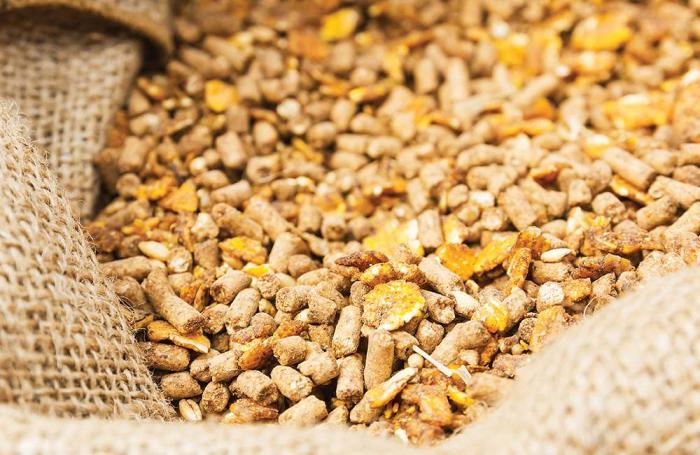- January 22, 2016
- Posted by: Camron
- Categories: Broiler Health, Cattle health

What is Enzyme?
Enzymes are protein molecules in cells which work as catalysts. Enzymes speed up chemical reactions in the body, but do not get used up in the process.
Why it is so?
Almost all biochemical reactions in living things need enzymes. With an enzyme, chemical reactions go much faster than they would without the enzyme. Enzymes are large molecules made from many amino acids. The amino acids link together in a long chain, which is folded up into a complex structure.
Animal feed is the largest cost item in livestock and poultry production, accounting for 60-70% of total expenses. To save on costs, many producers supplement feed with enzyme additives, which enable them to produce more milk per animal or to produce the same amount of milk cheaper and faster.
Commercially-available enzymes can be derived from plants and animals and microorganisms. Aside from agriculture, other industries that utilize enzymes include the brewing, dairy, paper, biofuel, and rubber industries.
Types of enzymes (used in animal feed)
- Phytases
Phytases break down phytate, a substrate that contains phosphorus. Phosphorus is a major nutrient that is essential for growth, maintenance, and cell and tissue repair. Corn, which is a major component of the typical poultry diet, contains significant amounts of phytate. Adding phytase to poultry feed allows the animal to absorb more of the phosphorus within the feed.
- Carbohydrases
Carbohydrases improve the digestibility of carbohydrates in feed, thus increasing the amount of energy an animal can use to develop muscle and grow. Types of carbohydrases include amylase, which breaks down starch into fructose, maltose, glucose, and other simple sugars; and xylanase, which digests complex carbohydrates found in dietary fiber.
- Proteases
Proteases break down complex proteins into shorter proteins, called peptides, and amino acids, which are the building blocks of protein. They are also capable of taking apart proteins that bind starch within feed ingredients, thus making more of the energy found in starch available to the animal.
Basic functions of Enzyme
Although all enzymes function similarly when supplemented in animal feeds by improving the efficiency of raw material digestion. One of the most interesting and important factors of enzyme function is that each type has a very specific role within the animal. Each enzyme type acts on a substrate to start its chemical reaction within the body.
Benefits of enzyme
Benefits of using enzymes can be realized several ways:
- Reduction in diet costs when the ingredient price matrix allows.
- Growth or feed efficiency can be improved as a result of nutrient release, resulting in a decreased cost per pound of meat.
- Enzymes can also play a role in enteric health management. High-fiber diets alter the viscosity of the gut, and excess fermentation can result in mortality. Pathogenic bacteria can also thrive with an excess of dietary nitrogen.

